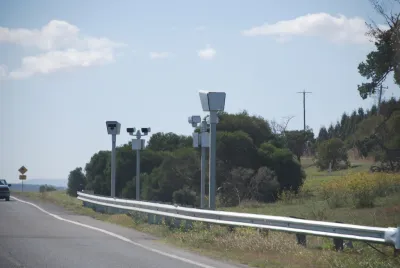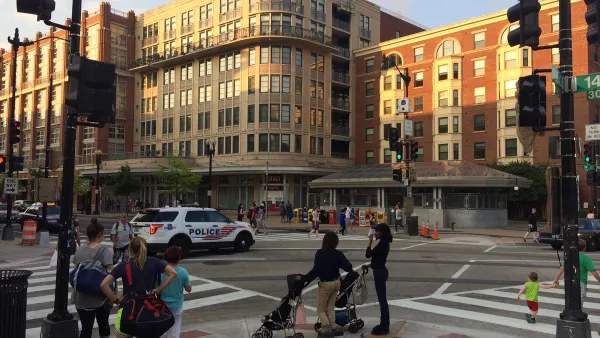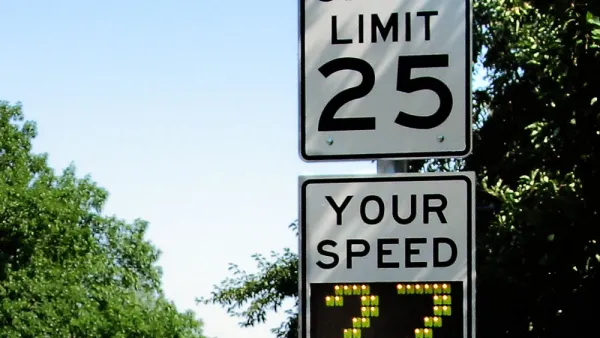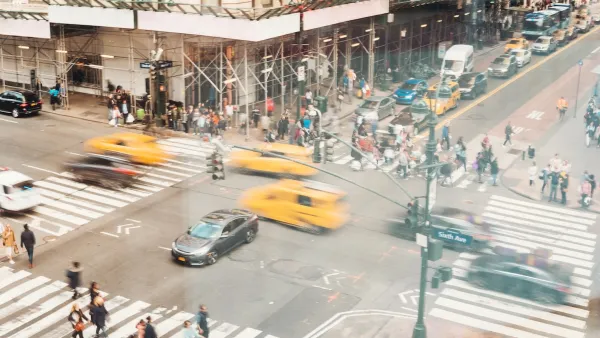Data from Chicago reaffirms the efficacy of speed cameras at reducing traffic fatalities and serious injuries.

A recent analysis of Chicago's speed camera program shows that, while the number of crashes increased between the study periods of 2012-2013 and 2018-2019, "the increases at cam locations were significantly lower than those experienced throughout the city as a whole." According to John Greenfield, this points to the effectiveness of speed cameras in changing driver behavior and reducing fatal crashes and injuries.
The study showed that "Fatal or serious injury crashes increased only 2 percent near speed cameras between 2012-13 and 2018-19, as compared to a 21 percent increase citywide," while overall crash totals increased by just one percent compared to 25 percent citywide. Greenfield concludes that, based on the data, "The cameras are doing their job by keeping serious and fatal crash numbers in the safety zones relatively low compared to those in other parts of the city, preventing life-changing injuries and deaths."
Despite this study and similar evidence from other places, speed cameras, also known as automated traffic enforcement, have encountered opposition from lawmakers who cite concerns about corruption, unequal enforcement, and civil rights violations. Between 2012 and 2016, the number of red-light cameras fell by a fifth, even as red light runners killed more people than in previous years.
FULL STORY: Bakery-fresh CDOT study reaffirms speed cameras are saving lives

National Parks Layoffs Will Cause Communities to Lose Billions
Thousands of essential park workers were laid off this week, just before the busy spring break season.

Retro-silient?: America’s First “Eco-burb,” The Woodlands Turns 50
A master-planned community north of Houston offers lessons on green infrastructure and resilient design, but falls short of its founder’s lofty affordability and walkability goals.

Delivering for America Plan Will Downgrade Mail Service in at Least 49.5 Percent of Zip Codes
Republican and Democrat lawmakers criticize the plan for its disproportionate negative impact on rural communities.

Test News Post 1
This is a summary

Test News Headline 46
Test for the image on the front page.

Balancing Bombs and Butterflies: How the National Guard Protects a Rare Species
The National Guard at Fort Indiantown Gap uses GIS technology and land management strategies to balance military training with conservation efforts, ensuring the survival of the rare eastern regal fritillary butterfly.
Urban Design for Planners 1: Software Tools
This six-course series explores essential urban design concepts using open source software and equips planners with the tools they need to participate fully in the urban design process.
Planning for Universal Design
Learn the tools for implementing Universal Design in planning regulations.
EMC Planning Group, Inc.
Planetizen
Planetizen
Mpact (formerly Rail~Volution)
Great Falls Development Authority, Inc.
HUDs Office of Policy Development and Research
NYU Wagner Graduate School of Public Service





























